These creatures are known to cause significant damage to a variety of plants, turning a once vibrant garden into a landscape of half-eaten leaves and stems.
How to Grow Agapanthus in Pots Successfully: A Comprehensive Guide
Whether you’re an experienced home gardener or a professional landscape expert, the vibrant and low-maintenance agapanthus can be a lovely addition to your collection when grown in pots.
Whether you’re low on space, or you just like the way agapanthus looks in a beautiful container, we’ll explore how to successfully grow agapanthus in pots.
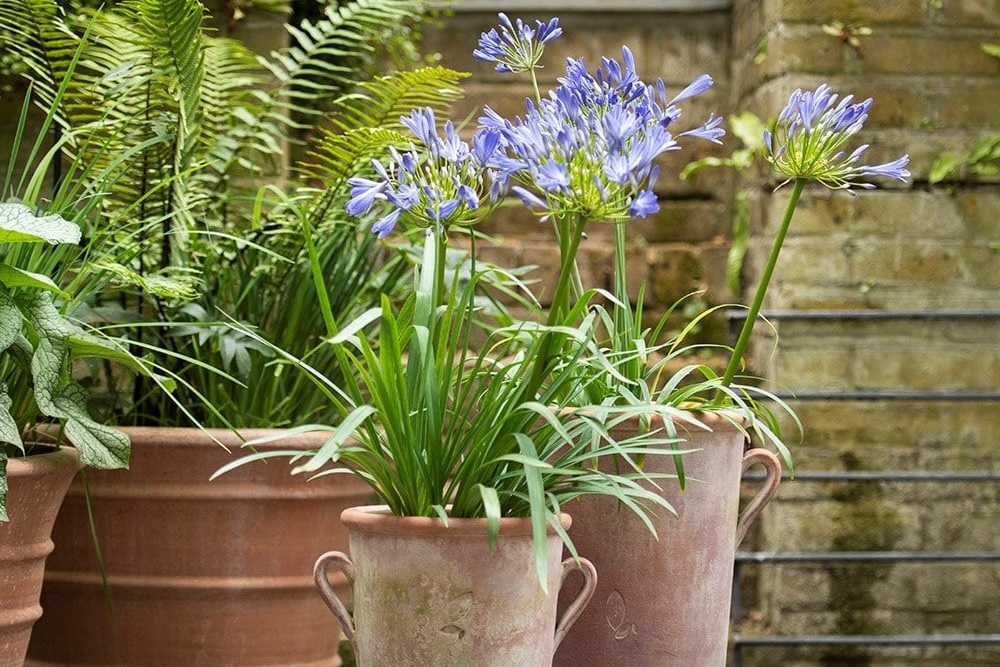
- Understanding Agapanthus
- Do Agapanthus Do Well in Pots?
- Why Grow Agapanthus in Pots?
- Choosing the Right Pot for Agapanthus
- Considering Multiple Agapanthus Plants in One Pot
- Material Considerations for Pots
- The Perfect Soil Mix for Agapanthus in Pots
- Planting Agapanthus in Pots
- Maintaining Potted Agapanthus
- Managing Agapanthus Size Without Repotting
- Troubleshooting Common Issues
- Daniel’s Wrap
Understanding Agapanthus
Native to South Africa, Agapanthus is a genus of herbaceous perennials known for their large, globe-shaped flower clusters. Their flower heads arise in a globe upon a single stalk, called an “umbel”, and are available in shades of blue, purple, and white.
Do Agapanthus Do Well in Pots?
Agapanthus plants do incredibly well in pots due to their compact growth habit and root system. However, they love a lot of sunlight so they tend to do best outdoors, rather than indoors with little light.
Why Grow Agapanthus in Pots?
Growing agapanthus in pots allows you to control the plant’s environment more precisely than in-ground planting, and can help keep them contained to a singular spot rather than allowing them to spread throughout the garden. It also makes it easier to move the plants around as needed, for instance, to change up the look of your garden or to protect them from harsh weather conditions.
Aside from these reasons, you might simply like to keep your agapanthus in pots because they really do look fantastic in a beautiful pot that compliments their green, strappy leaves and vibrant flowers.
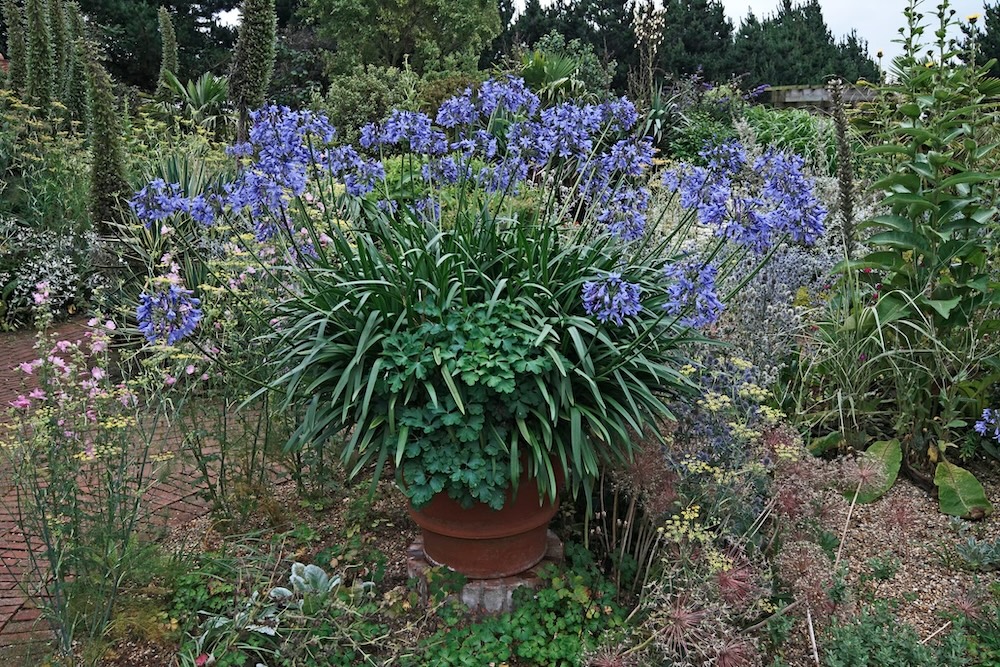
Choosing the Right Pot for Agapanthus
Choosing the right pot size for your agapanthus isn’t a one-size-fits-all task. The ideal pot size can vary depending on the stage of growth and overall size of your agapanthus.
While your agapanthus may survive in a pot that’s too large, it may put more energy into root growth before it gives you the flowers you’re hoping for. Or, the potting mix may stay too moist and encourage root rot.
When agapanthus grows too large for a pot, it will start to become root-bound. While they don’t mind this too much at first, eventually, root-binding will restrict the amount of water and nutrients they’re able to uptake. This will have a negative impact on their blooming, and increase susceptibility to pests and diseases.
When repotting, you can trim off a few of the bulbs growing in the roots, which will grow a new plant if planted into a new pot. Pruning the roots back can help revitalise a pot-bound agapanthus that may be strangling itself with too many circling roots.
Repotting agapanthus is usually done every 2-3 years, but you can pull your root zone out of the pot to inspect whether or not they’re ready. If you can see the roots are completely circling the outside of the root zone, they’re ready to upgrade to a new pot.
Starter Pots for Young Agapanthus
For young agapanthus or those you’ve just propagated from divisions, a smaller pot (under 20 cm in diameter) may be sufficient. A pot this size provides enough space for young roots to grow while also keeping the plant stable.
Medium Pots for Growing Agapanthus
As your agapanthus grows, it will need to be moved to a larger pot. A medium-sized pot, around 25-30 cm in diameter, is usually suitable for an adolescent agapanthus plant. This allows more room for the root system to develop without the plant becoming root-bound.
Large Pots for Mature Agapanthus
Once your agapanthus reaches maturity, it’ll need the most space to thrive. At this stage, a pot with a diameter of at least 30-35 cm is recommended. This size provides ample space for the robust root system of a mature agapanthus.
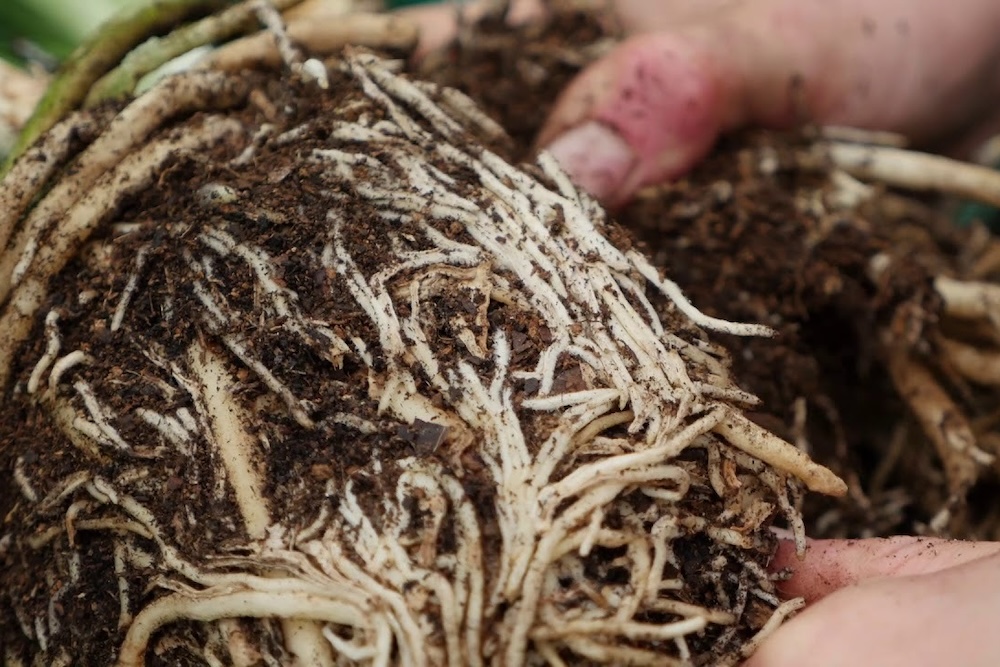
Considering Multiple Agapanthus Plants in One Pot
If you’re planning to grow more than one agapanthus plant in a single pot, you’ll need to adjust the pot size accordingly. A larger pot of at least 45-50 cm in diameter should provide enough space for multiple plants. Of course, this depends on your plans for the pot and larger beds can be filled with more agapanthus plants.
Remember, choosing the right pot size for your agapanthus at each stage of its growth is crucial for its health and flowering potential. Always monitor your plant’s growth and adjust as necessary.
Material Considerations for Pots
While agapanthus can grow in pots made of various materials, they do particularly well in terracotta or clay pots due to their excellent drainage properties. However, these pots can be heavy and more prone to frost damage, so plastic pots might be a better choice in colder climates.
Whichever pot you choose, just make sure it has ample draining so that water isn’t sitting in the bottom of the pot. While some agapanthuses can do well with wet feet for short periods, it’s not a good idea for water to sit in the bottom of a pot because this can encourage pests and diseases to take hold.
You can always keep a pot with drainage holes (such as a plastic pot) inside of an ornamental pot that doesn’t have drainage holes. This is called a “cache pot,” and allows you to use that pretty pot you want to use that doesn’t have any drainage holes.

The Perfect Soil Mix for Agapanthus in Pots
Agapanthus wants free-draining soil that retains moisture and has plenty of nutrients. The pH level should ideally be slightly acidic to neutral (6.0-7.0).
As an aside: depending on who you’re speaking to, soil is technically broken-down rocks; namely sand, silt and clay. Potting mix is usually made predominantly out of organic matter like compost and bark chips. But for this article, let’s just use the term “soil” interchangeably with “potting mix”.
What Type of Potting Mix for Agapanthus in Pots
Agapanthus prefers a well-draining soil mix rich in organic matter. A blend of equal parts compost, coarse sand, and topsoil can work well, although will make the pot heavy to lift. An alternative is to mix equal parts potting mix, perlite and compost.
Compost provides plenty of organic matter, which provides nutrients and retains moisture. Potting mix is usually made from compost, bark chips, coco coir and peat, which also retains moisture while providing some drainage.
Coarse sand and perlite enhance drainage, ensuring that water flows freely through the soil and doesn’t pool around the roots. Topsoil, meanwhile, offers a good balance of clay, silt, and sand, making it a versatile base for your potting mix.
Keep in mind that there are a variety of mixtures that will achieve the same qualities of drainage mixed with water retention and nutrient availability.
Enriching the Soil
To keep your agapanthus healthy and ensure it produces abundant blooms, it’s important to regularly enrich the soil with a balanced slow-release fertiliser during the growing season.
Slow-release fertilisers are particularly beneficial for potted plants like agapanthus, as they continuously supply nutrients over several months. This means you don’t have to fertilise your plant as frequently, reducing the risk of over-fertilisation.
Choose a fertiliser with a balanced NPK ratio (Nitrogen, Phosphorus, and Potassium). Nitrogen promotes lush leaf growth, phosphorus supports the development of roots and blooms, and potassium enhances overall plant health.
Apply the fertiliser according to the manufacturer’s instructions, generally at the start of the growing season and again mid-season. This will provide your agapanthus with the nutrients it needs to thrive throughout the year.
Nutrients can leech out of organic compost quickly as the water flows through the drainage holes in the pot, so slow-release fertiliser pellets and liquid foliar feeds are your friends.
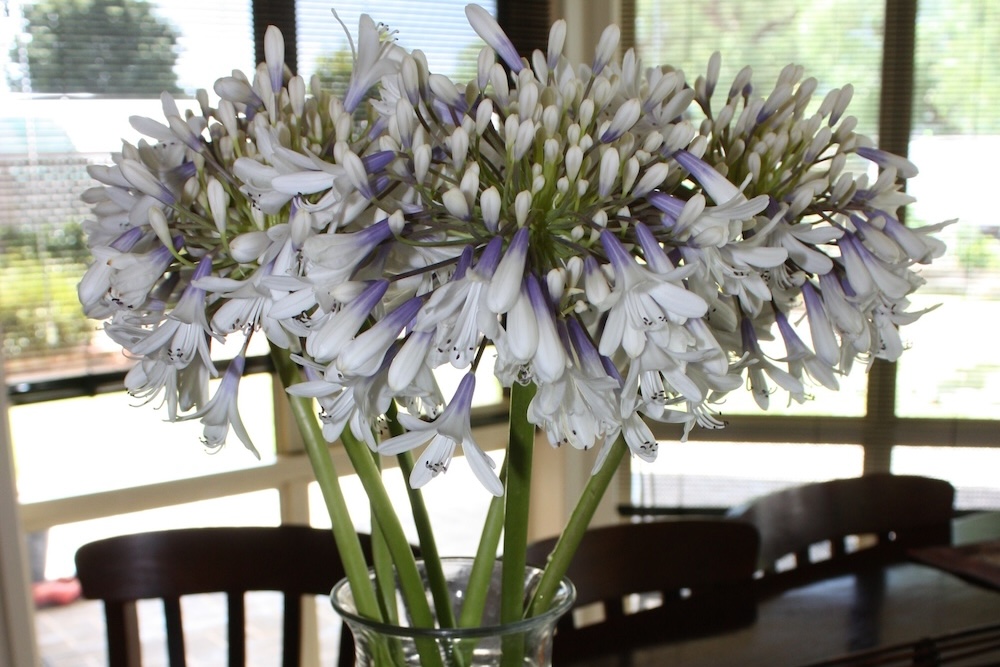
Planting Agapanthus in Pots
Now that we’ve got the perfect potting mixture and we know the size of the pot we need to use, it’s time to get potting!
When to Plant Agapanthus in Pots
The best time to plant agapanthus in pots is in the spring when the threat of frost has passed. Plant the root ball in the soil, without covering the leaves. If the leaves don’t have constant access to free-flowing air, they can encourage fungal pathogens to take hold.
Caring for Newly Planted Agapanthus
Water the newly planted agapanthus thoroughly and place the pot in a sunny location. However, be careful not to change the plant’s access to sunlight too drastically – if your agapanthus is accustomed to partial shade, you need to stagger its access to sunlight over a few weeks to avoid shocking it with sunburn.
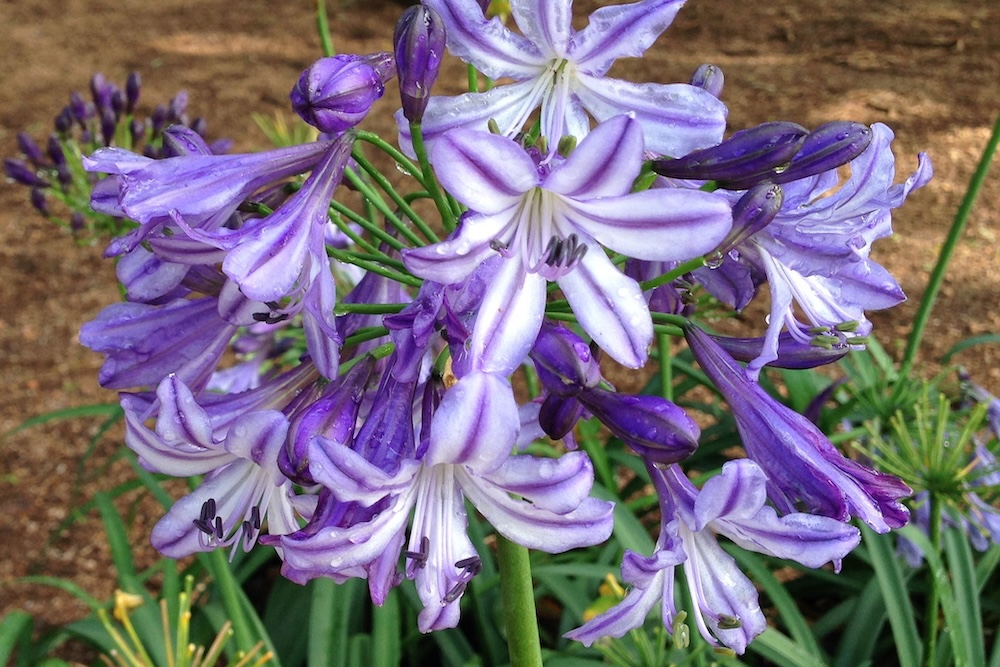
Maintaining Potted Agapanthus
Now that we’ve potted up, our work has only just begun! Even though agapanthus is a low-maintenance plant, we can still give it ongoing care to help it stay healthy and beautiful.
Regular Care for Agapanthus in Pots
Water your potted agapanthus regularly, especially during dry periods. Deadhead spent flowers at the base to encourage further blooming and pick off yellow leaves at the base regularly to keep the plant looking its best.
Keep the soil consistently moist but avoid waterlogging as this can lead to root rot.
Winter Care for Agapanthus in Pots
In colder regions, provide protection to your potted agapanthus during winter by moving them indoors or covering them with horticultural fleece.
Managing Agapanthus Size Without Repotting
If repotting isn’t an option for your agapanthus, there are still ways to keep it contained to a smaller size. Here’s how:
Pruning and Dividing Agapanthus
Pruning and dividing your agapanthus can help to manage its size. While pruning the leaves back can make the plant appear smaller, it does little to help the root zone. You may be better off removing certain rhizomes completely, which is known as dividing the plant.
This involves carefully splitting the root ball into several smaller sections, each with their own set of roots and shoots. You can then transplant one or more of these divisions back into the old pot, and then transplant the excess rhizomes elsewhere, give them to your neighbours, or simply put them in the compost bin.
If plants possess plant breeder’s rights (PBR), they mustn’t be propagated for selling. They’re only permitted to be propagated for personal use. Nurseries employ specialised methods, often using tissue culture, to cultivate them. Depending on your schedule, buying them might be simpler and more cost-efficient. However, if you have the time and no plans to sell them, it could be worth considering doing it yourself.
Make sure you add some fresh potting mix to fill in where the rest of the root zone used to be in the old pot.
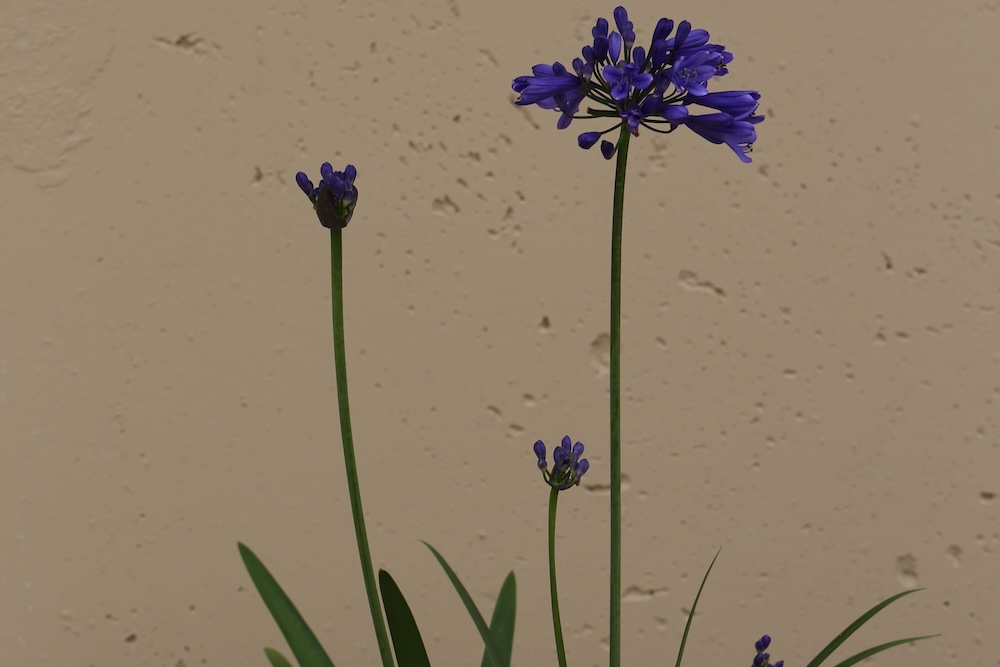
Troubleshooting Common Issues
Agapanthus plants are generally pretty hardy, but there are a few things that will hold them back, especially when they’re in a restricted growing environment like a pot.
Why is My Agapanthus Not Flowering in its Pot?
Agapanthus plants are renowned for their elegant and vibrant blooms. If your potted agapanthus isn’t flowering, there could be several reasons behind the issue.
Insufficient Sunlight: One of the primary reasons agapanthus might not flower is insufficient sunlight. These plants thrive in bright, direct sunlight, and they require a minimum of six hours of sunlight each day to trigger blooming. If your potted agapanthus is placed in a location with inadequate light, such as a spot with too much shade or indoors with limited light exposure, it might not receive the energy it needs for flowering.
Overcrowding: Agapanthus plants need ample space for their root systems to develop and spread. Overcrowding in a pot can hinder the plant’s growth and flowering. When agapanthus becomes root-bound due to lack of space, it prioritises survival over reproductive efforts, leading to fewer or no flowers. Dividing or repotting your agapanthus into a larger container should create sufficient room for root expansion to alleviate this issue.
Diverted Resources: If you’ve only recently planted your agapanthus into a large pot, or it’s suffering from a pest or disease, it may be diverting resources to growing new roots or simply trying to stay alive. Similarly, if you’ve forgotten to prune the previous dead heads, the plant may be spending resources on turning the pollinated flowers into seeds instead of pushing out new blooms. Flower growth is a luxury for agapanthus plants, not a necessity, and they won’t spend resources on blooming if they can’t afford to.
Nutrient Deficiency: A lack of essential nutrients, particularly potassium, can impact flowering in agapanthus. Potassium is vital for promoting flower bud development and overall plant health. If your potted agapanthus isn’t receiving an adequate supply of nutrients, it may result in sparse or no blooms. Fertilising with a balanced or high-potassium fertiliser can help address this deficiency and encourage flowering.
Action Steps:
- Sunlight: Ensure your agapanthus receives a minimum of six hours of direct sunlight each day. If it’s currently in a shaded area, consider relocating it to a sunnier spot to stimulate flower production. Or simply remove whatever’s obstructing the sunlight.
- Root Space: If your agapanthus has been in the same pot for a while and is showing signs of overcrowding, it’s time to repot it into a larger container. Select a pot that allows the roots to spread comfortably and provides room for future growth.
- Fertilisation: Choose a fertiliser that’s higher in potassium (the third number in the N-P-K ratio) to support flowering. Avoid excessive nitrogen, as it can lead to more foliage growth at the expense of flowers. Follow the recommended dosage and application instructions on the fertiliser label.
- Watering: Maintain consistent watering practices. Overwatering or underwatering can stress the plant and affect its ability to produce flowers. Keep the soil evenly moist but not waterlogged.
- Patience: Sometimes, agapanthus may take a season or two to acclimatise to a new environment or recover from stress before resuming regular blooming. Be patient and provide appropriate care to encourage flowering.
Dealing with Pests and Diseases
Agapanthus, like many plants, can face challenges from pests and diseases. Vigilance and appropriate action are key to maintaining the health and vitality of your plants. Here’s how to address common issues:
Common Pests: Slugs and snails love agapanthus and can significantly damage leaves and even eat their way through blossoms. Sucking insects like scale and spider mites can also damage the plant by sucking the juice out of the leaves and flowers.
Non-chemical control options include methods like handpicking snails off the plants, placing copper barriers around pots, or using dry diatomaceous earth.
Chemical pesticides, if chosen, should be used carefully and according to the manufacturer’s instructions to minimise harm to beneficial insects and the environment.
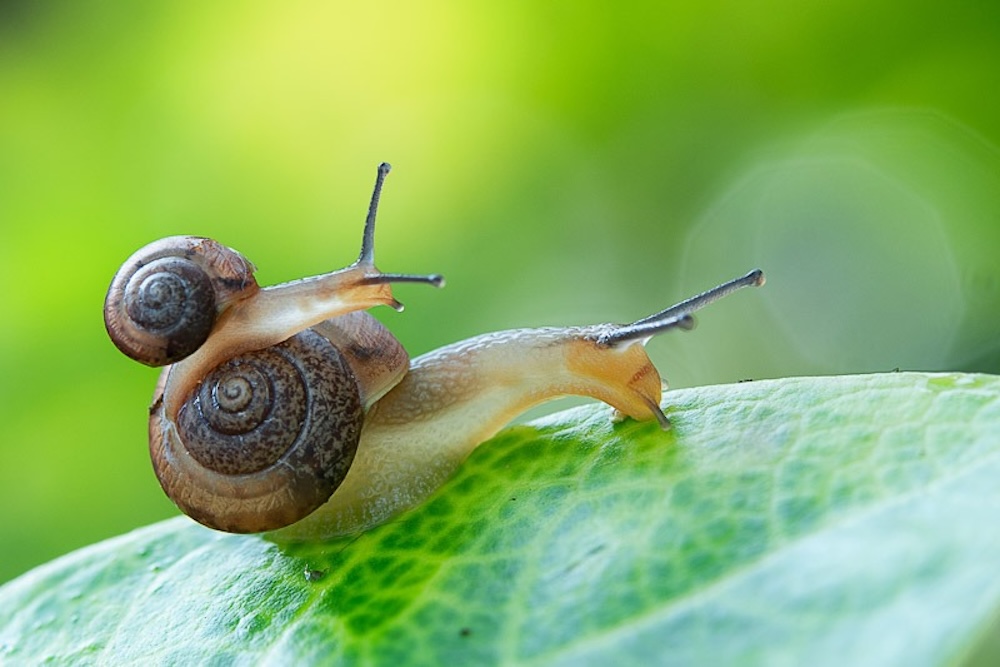
Diseases and Root Rot: Agapanthus can also be susceptible to diseases like root rot, which is often brought on by waterlogged conditions. Good drainage is essential to prevent this issue. Ensure that your pots have adequate drainage holes and that water doesn’t accumulate around the roots.
If you suspect root rot, carefully inspect the plant’s roots, remove any affected parts, and repot the plant in fresh, well-draining soil.
Preventive Measures: Regularly inspect your agapanthus for signs of pests and diseases. Early detection can make treatment more effective. Additionally, practicing good garden hygiene by removing fallen leaves and debris can reduce hiding spots for pests and minimise disease spread. Proper spacing between plants and companion planting also aids in preventing the rapid spread of pests and diseases.
Integrated Pest Management: Consider adopting an Integrated Pest Management (IPM) approach. This involves a combination of strategies that focus on preventing and managing pest and disease issues in an environmentally responsible manner.
IPM may include using natural predators of pests, improving plant health through proper care and nutrition, and only resorting to chemical interventions when absolutely necessary.
By staying observant and employing appropriate strategies, you can safeguard your agapanthus against the challenges posed by pests and diseases. This proactive approach will help ensure that your plants thrive and continue to grace your garden with their beauty.
Daniel’s Wrap
With proper care and attention, agapanthus can thrive in pots for as long as you need them to. These tips should help you cultivate these beautiful plants successfully, whether you’re in Australia or anywhere else in the world.

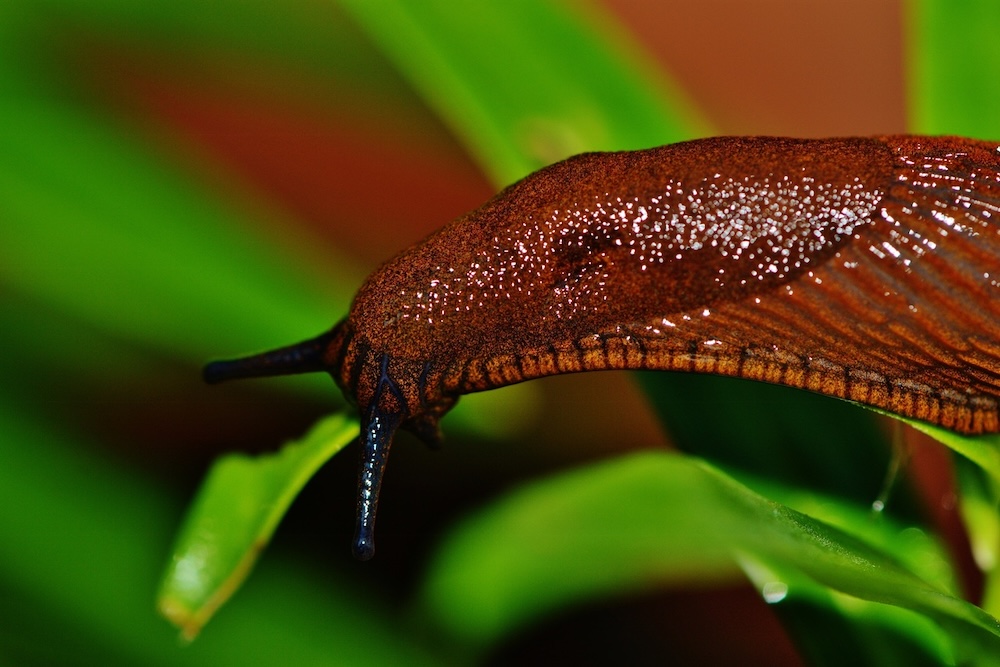

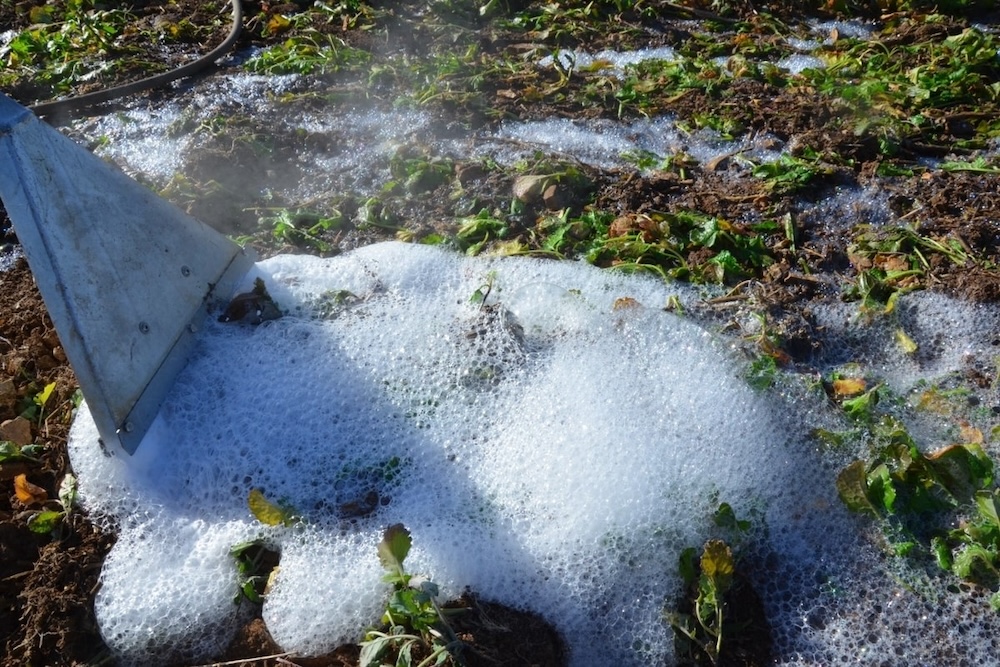
This Post Has 0 Comments